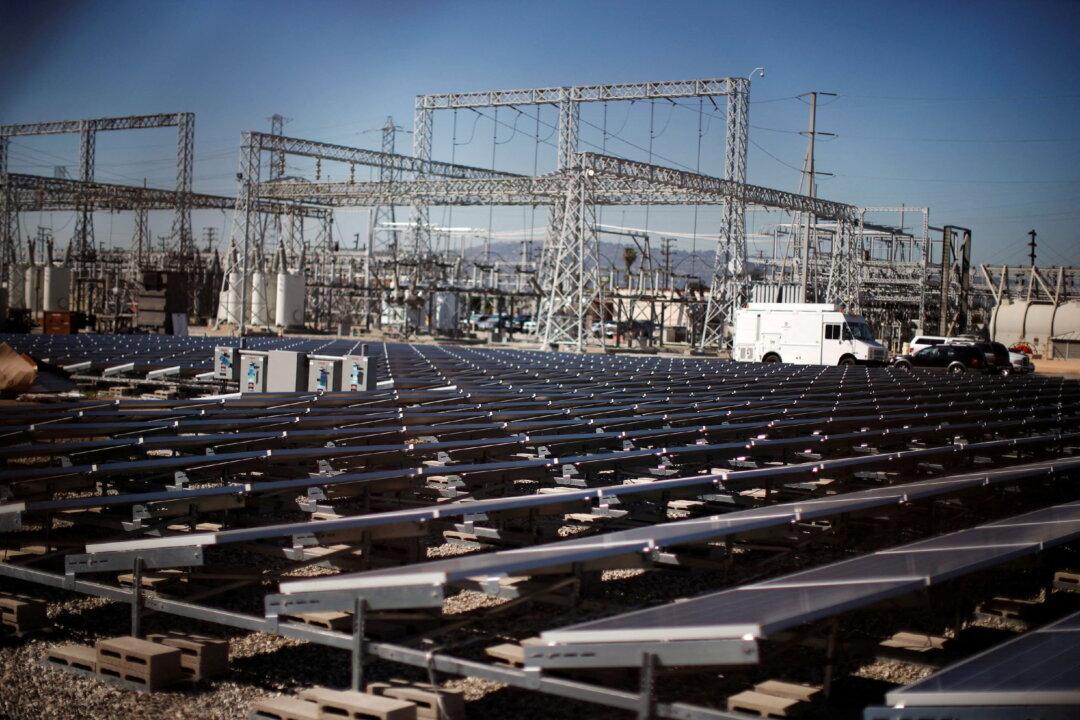Commentary
Here’s an odd story from ABC News: “Red state economies are surging under Biden. Here’s why.” Subheadline: “Red states make up an overwhelming majority of top performers, ABC found.” Unfortunately, the reporter and editors didn’t do some simple statistical analysis with an Excel spreadsheet.





